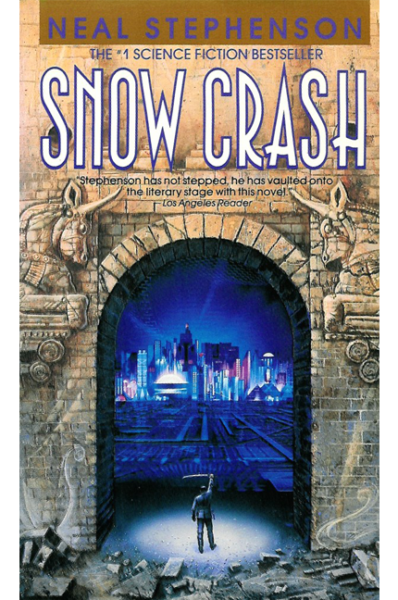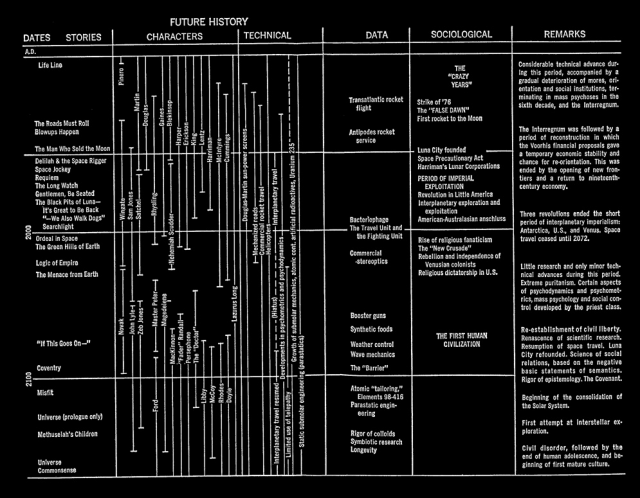World War Two
Published 30 Oct 2021The Allies may be on the verge of a breakthrough in North Africa, but they’re losing at sea to the Japanese this week, and the Axis are also advancing in the Caucasus, though the street by street struggle at Stalingrad continues as always.
(more…)
October 31, 2021
Nazi General Dies of Heart Attack – WW2 – 166 – October 30, 1942
Soul Cakes & Trick-or-Treating
Tasting History with Max Miller
Published 30 Oct 2020Help Support the Channel with Patreon: https://www.patreon.com/tastinghistory
Follow Tasting History here:
Instagram: https://www.instagram.com/tastinghist…
Twitter: https://twitter.com/TastingHistory1
Reddit: r/TastingHistoryLINKS TO INGREDIENTS & EQUIPMENT**
Canon EOS M50 Camera: https://amzn.to/3amjvwu
Canon EF 50mm Lens: https://amzn.to/3iCrkB8
Currants: https://amzn.to/2T3qItA
Nutmeg: https://amzn.to/2IGDlcb
Clove: https://amzn.to/3dyNWRP
Mace: https://amzn.to/31j625h
Saffron: https://amzn.to/3560pbP
KitchenAid Stand Mixer: https://amzn.to/37hsboALINKS TO SOURCES**
The Customs and Traditions of Wales by Trefor Owen: https://amzn.to/37gi6bt
The Book of Hallowe’en by Ruth Eda Kelley: https://amzn.to/3dDb41i
Trick or Treat: A History of Halloween by Lisa Morton: https://amzn.to/348t0xQ**Amazon offers a small commission on products sold through their affiliate links, so each purchase made from this link, whether this product or another, will help to support this channel with no additional cost to you.
Editor: WarwicSN – https://www.youtube.com/WarwicSN
SOUL CAKES
ORIGINAL 16TH CENTURY RECIPE (From Elinor Fettiplace’s Receipt Book)
To make Cakes
Take flower & sugar & nutmeg & cloves & mace & sweet butter & sack & a little ale barm, beat your spice & put in your butter & your sack, cold, then work it well all together & make it in little cakes & so bake them, if you will you may put in some saffron into them or fruit.MODERN RECIPE
INGREDIENTS
– ½ Cup Lukewarm Ale (Below 100°F/38°C)
– 1 Teaspoon Yeast
– 3 Cups (360g) Flour
– ½ Cup (100g) Sugar
– 4 Tablespoons Butter Softened
– ½ Teaspoon Salt (if you’re using unsalted butter)
– ¼ Teaspoon Nutmeg
– ¼ Teaspoon Clove
– ¼ Teaspoon Mace
– ⅓ Cup Sack or Sherry
– 1/4 Teaspoon Saffron Threads (optional)
– 3/4 Cup Dried Fruit, plus more for decoration. (Optional)
– 1 Egg for Egg Wash (Optional)METHOD
1. Create an “ale barm” by mixing the yeast with the lukewarm ale and letting sit for 10 minutes. If you are using saffron, mix that into the sherry and let steep.
2. In a large bowl, mix the flour, sugar, salt, nutmeg, clove, and mace together. Add the yeasted ale and work it in. Then work in the softened butter and the sack with saffron along with any fruit you are using. Mix until everything the dough comes together, then knead for 5 – 12 minutes. The longer you knead, the more bread-like the cakes will be, but the more they will rise.
3. Allow dough to rise for 1 hour (it will likely not double in size), then punch the dough down and form into small cakes. Cover and allow the cakes to rise for another 20 minutes while you preheat the oven to 400°F/200°C.
4. When the cakes have puffed up, add the optional egg wash and/or additional fruit, or form a cross on the top of each cake using the back of a knife (do not cut the cross in). Then back fro 20 minutes. When baked, allow to cool before serving.#tastinghistory #halloween #soulcakes
QotD: We’re still trapped in Heinlein’s “Crazy Years”
In Robert Heinlein’s famed “Future History” he constructed an elaborate timeline of thing to come, to provide a structure for his short stories.
Looking forward from the year 1940, when the timeline was first formed, it was reasonable, even conservative, guesswork to predict the moon landing by the 1980’s, forty years later, since the first powered flight by the Wright Brothers had been forty years earlier. Heinlein’s Luna City founded in 1990 a decade or so later, with colonies on Mars and Venus by 2000. Compare: a submersible ironclad was written up as a science romance by Jules Verne in 1869, based on the steam-powered “diving boat” of Robert Fulton, developed in 1801. In 1954 the first atomic-powered submarines — all three boats were named Nautilus — put to sea. The gap between Verne’s dream and Rickover’s reality was eight decades, about the time separating Heinlein’s writing of “Menace from Earth” and its projected date.
Looking back from the year 2010, however the dates seem remarkably optimistic and compressed. We have not even mounted a manned expedition to Mars as yet, and no return manned trips to the Moon are on the drawing boards.
One prediction that was remarkably prescient, however, was the advent of “The Crazy Years” described as “Considerable technical advance during this period, accompanied by a gradual deterioration of mores, orientation, and social institutions, terminating in mass psychoses in the sixth decade, and the interregnum.”
He optimistically predicts a recovery from the Crazy Years, the opening of a new frontier in space, and a return to nineteenth-century economy. Full maturity of the human race is achieved by a science of social relations “based on the negative basic statements of semantics.” Those of you who are A.E. van Vogt fans will recognize our old friends, general semantics and Null-A logic cropping up here. Van Vogt, like Heinlein, told tales of a future time when the Non-Aristotlean logic or “Null-A” training would give rise to a race of supermen, fully integrated and fully mature human beings, free of barbarism and neuroses.
Here is the chart [full size version here]. Note the REMARKS column to the right.
What Heinlein failed to predict was that the Crazy Years would simply continue up through 2010, with no sign of slackening. Ladies and gentlemen, we live in the Crazy Years.
John C. Wright, “The Crazy Years and their Empty Moral Vocabulary”, John C. Wright, 2019-02-18.







